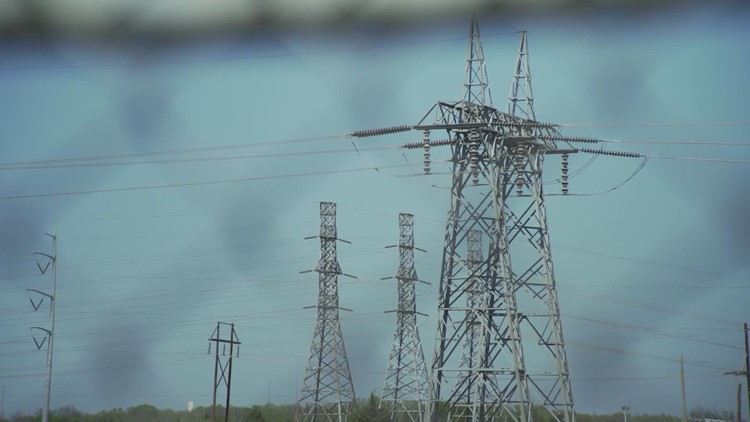Texas utility regulators approve plan that could increase electricity bills to improve power grid

The Texas Public Utilities Commission approved a plan that would pass the cost of stimulating the construction of more power plants to consumers.
Austin, Texas. Five members of the Texas Public Utilities Commission (PUC) have unanimously approved an incentive scheme for the construction of new power plants.
According to the commission’s documents, the plan will eventually pay power generators to be available during “hours of highest reliability risk.” This is called a “Performance Credit Mechanism” or PCM. Retail electric companies will buy these electricity credits and then likely pass these costs on to consumers.
The commissioners have delayed the implementation of the plan until Texas lawmakers give their opinion during the current legislative session.
“This is a good product,” said Commissioner Will McAdams. “We need to be able to defend that, and I believe that given all of our contributions, we can do that.”
This is projected to cost about $460 million a year, or about $2 a month on a $100 electricity bill.
State lawmakers ordered the PUC to come up with a plan during the latest legislative session, which began days after a 2021 winter storm nearly shut down the power grid in Texas.
The commission’s vote came after members spent a day pondering the final form the plan would take. But even with today’s decision, the plan is expected to take about three years to develop and implement.
The commissioners agreed that the plan would reward “eligible resources” for their availability during “hours of greatest reliability risk”. This means that other types of resources, such as energy efficiency, may be eligible for performance-based payments if they qualify.
Chairman Peter Lake’s original memo stated that “producers” would be rewarded with payments. But Commissioner Jimmy Glotfelty successfully pushed his colleagues to use the term “suitable resources” rather than “generators.”
“The reason for this is that I don’t believe we can just look at this as a supply-side issue,” he said.
He told his fellow panel members that he thought energy efficiency and “distributed resources” should be eligible if they could qualify. Distributed resources are things like smart thermostats that can be turned on and off remotely, or batteries with two-way flow.
“My principle is that energy efficiency, demand response and distributed resources should be eligible for loans,” he said.
Glotfelty also successfully persuaded his fellow commissioners to agree that eligibility for performance credits would be “tech-neutral” as long as the requirements were met.
- Payments are required to be made through ERCOT in a way that ensures that electricity producers who also have retail branches do not engage in self-employment and market manipulation.
- Specified that the cost of performance credits will decrease when there is excess electricity, thereby reducing costs for consumers.
- Ordered that action be taken to stop bid rigging or other possible abuses.
The commissioners have also made it clear that they want to be involved in every step of the process and not just be subordinate to ERCOT.
This includes determining how performance credits will be earned and awarded, when there should be penalties for non-performance, and how and when payments can be refunded.
“I think the commission should be at the forefront of making high-level policy decisions that will impact the market, government and consumers,” Commissioner Laurie Cobos said.
“At every step, we need to keep consumers in mind,” she added.
The Commission also instructed ERCOT to advise them on what can be done in the interim to ensure that existing power generators are maintained and a new generation built until PCM is fully implemented.
Dallas Press News – Latest News:
Dallas Local News || Fort Worth Local News | Texas State News || Crime and Safety News || National news || Business News || Health News
texasstandard.news contributed to this report.










